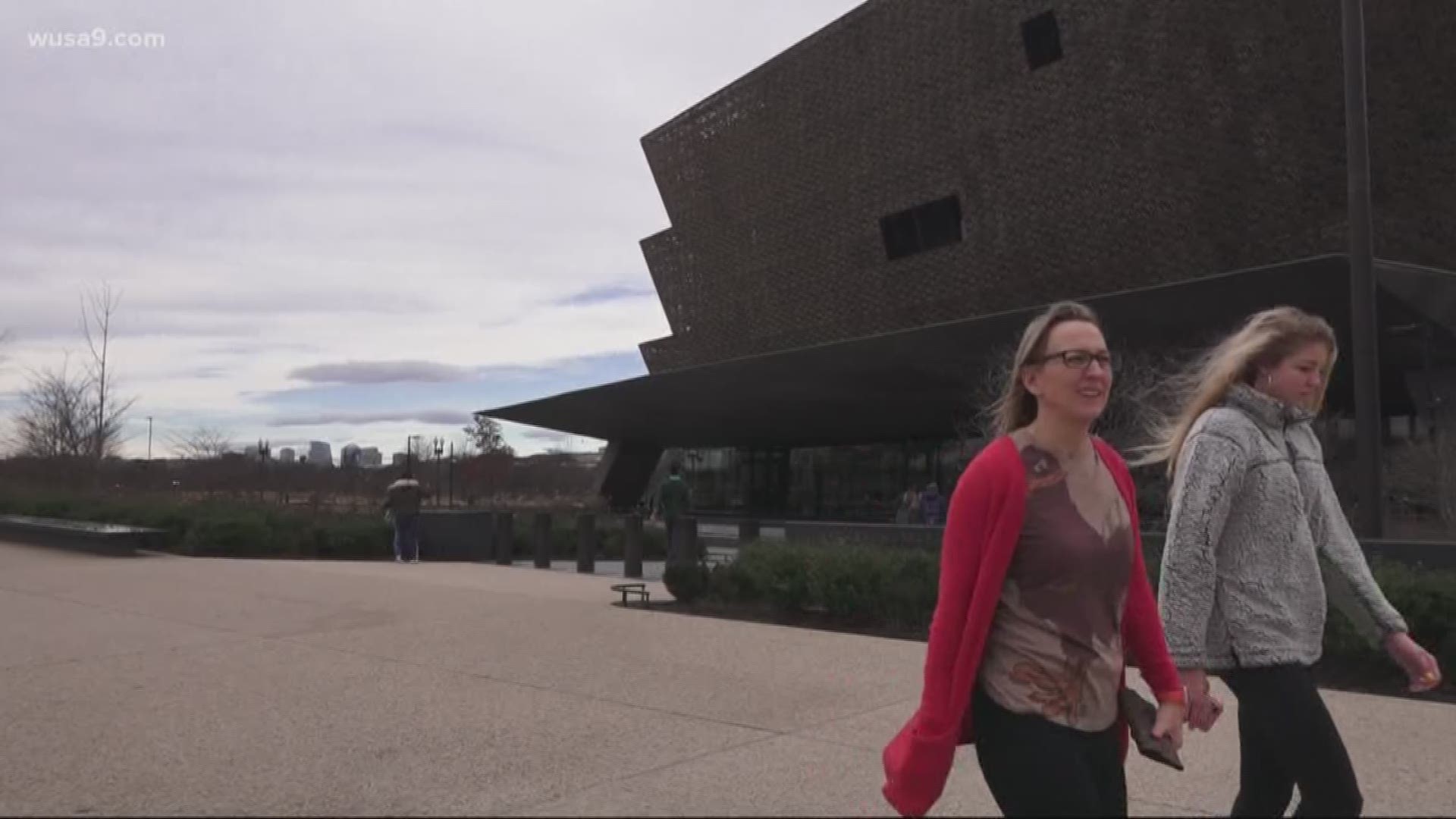Many of America’s national treasures and hundreds of animals are being blocked from the public after all Smithsonian museums and the National Zoo temporarily closed.
The closure is just one of the latest aftereffects of the government shut down.
For some people, just walking on the outside of the National Museum of African American History and Culture can give you chills.
“The closer I got to this building, the more emotional I was feeling,” Jeanine Little described.
It was Little’s first time visiting the NMAAHC on Tuesday.
“I do feel like there are some parts of me that are in here that are going to really speak to my heart” she said.
Her husband, Gilbert Little, works at the museum.
“This is deep down in my soul,” he said.
“To see this on this day, the first of January— the last day this building will be open -- ,” Jeanine Little the visit meant a lot to her.
The government shutdown forced the Smithsonian to close its 19 museums, galleries, gardens, and the zoo.
The Smithsonian now joins other federal agencies who do not have money to operate or pay workers until a new spending bill is passed.
Jeanine and Gilbert Little are both federal employees.
Jeanine said the shutdown does not affect her pay, but Gilbert Little now joins the 380,000 furloughed workers.
He chose to handle the effects of the shutdown with lessons he found at work -- inside of the NMAAHC.
“You stride through, you overcome, you overachieve and you’re on top,” Gilbert Little told WUSA9’s Michael Quander.
The Smithsonian needs $1-billion dollars to reopen its doors.
Construction happening at the museums will go on during the shutdown, and some workers will still be at the zoo to take care of animals.

